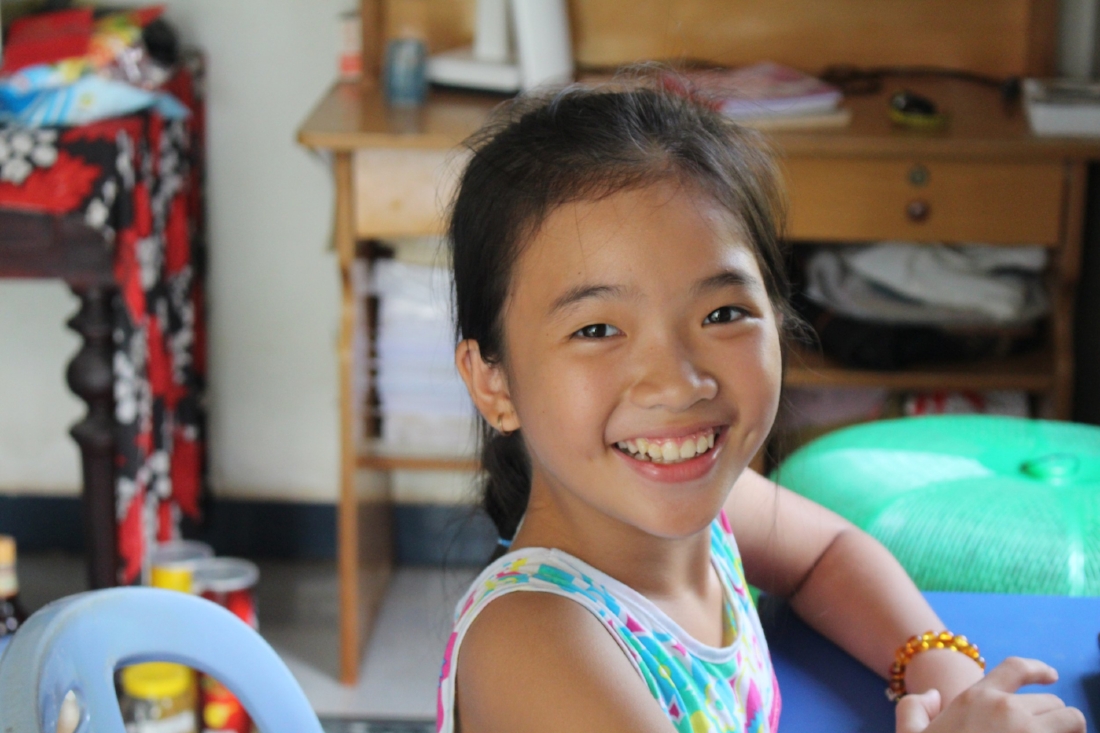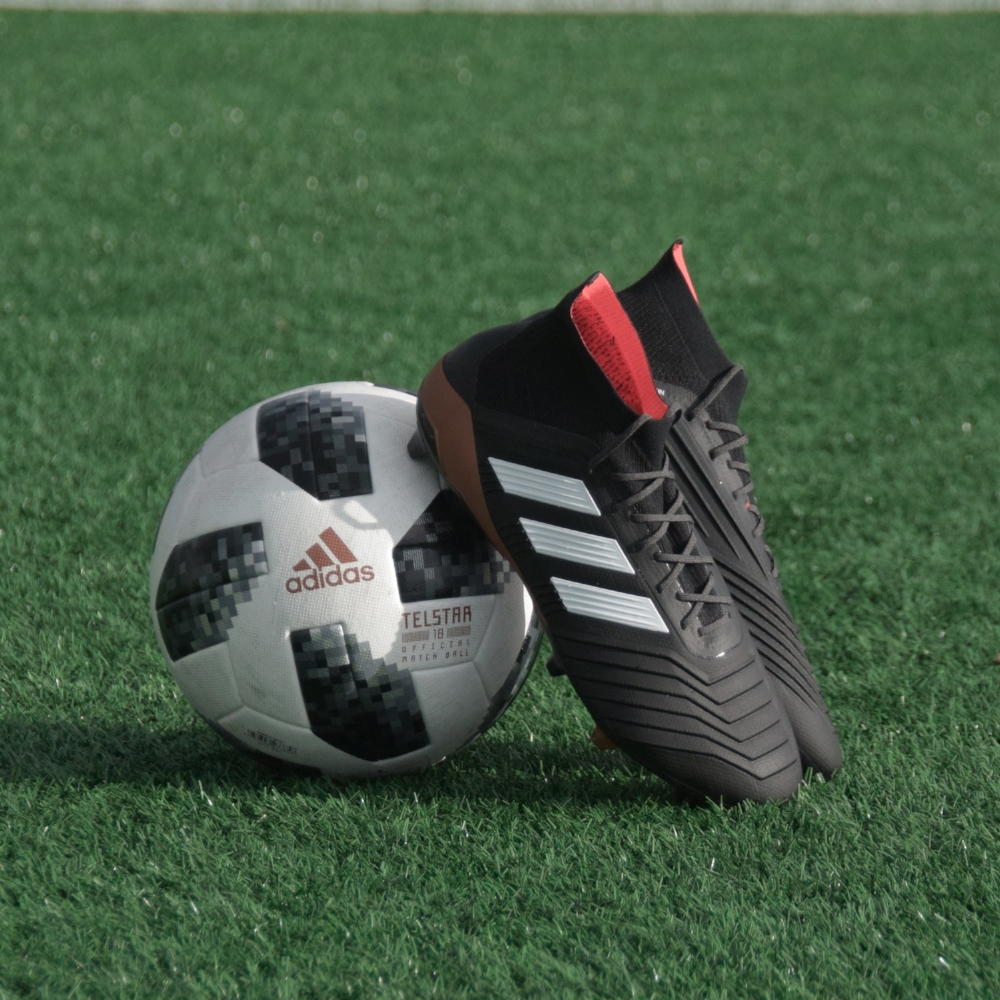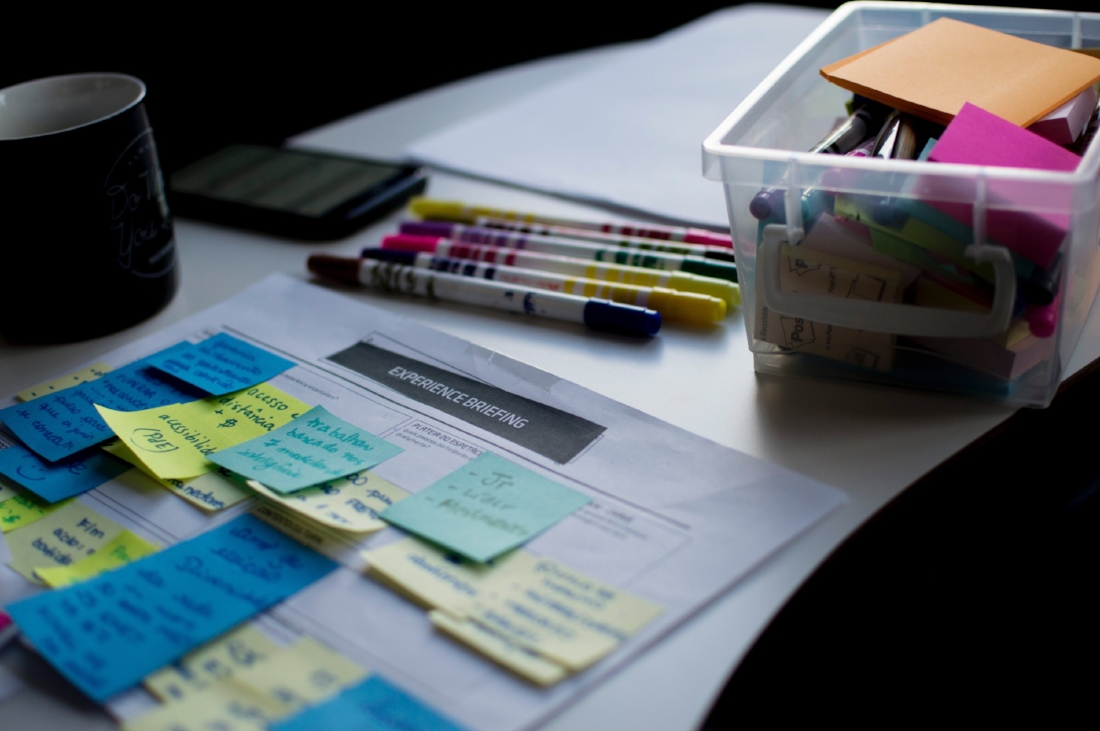How to: Plan and Execute a Successful Private Lesson for Kids
Dear Kan,
So, thanks to your diligent work with finding students for private lessons here in Spain, you’ve got some of your first lessons set up—congrats! Now comes the next struggle, what are you going to do during your lessons!? To your dismay, the parents of young students are often rather vague about what it is they want to get out of the lesson. For this reason, it’s important for you to have some of your own standards in mind and to strive to reach those goals in each lesson. Today I’d like to share some of the tips and tricks I’ve learned over the years when it comes to lesson planning in order to help you not only survive but truly thrive as a private lesson teacher!
 Before you plan, establish a goal
Before you plan, establish a goal
I’m currently reading the best-seller “The Seven Habits of Highly Effective People” and one of the habits author Stephen B. Covey harps on is the importance of starting with the end in mind. It’s important to know where you want to go before you invest too much time in building the road to get there. As I mentioned above, establish a goal for your student (and yourself) before you begin lesson planning. Depending on the age and range of the student, these goals might change every time or they might stay constant.
Many parents say “I just want my kid to speak English and have fun” which means that keeping their attention and interest through games and activities should be your constant, primary goal. Secondarily, you could have goals as simple as getting a youngster to recognize five different fruits and five different colors at the end of an hour but as long as you keep the original goal in mind (engagement with English) you’ll know when to switch up activities, really drive home vocabulary, or change directions altogether.
Remember that every student is different…
While I often use the same games, flashcards, worksheets, and props with different students I almost always end up using them in very different ways with each one. This is not only dependent on the fact that my students are different ages and at different stages with their English but also because some are inherently drawn to different activities than other. I teach an eight year old who can sit at his desk the whole time and easily cooperates with only changing activities two or three times over an hour and a five year old who gets bored with most activities after about three minutes but will occasionally latch onto one for the entire hour. It’s mostly unpredictable but you can do your due diligence by asking parents what their kid’s attention span is like, asking the child directly about what they enjoy, and simply taking note of how well (or not) certain games or topics go over.
 …And plan accordingly
…And plan accordingly
Of course, it’s impossible to know your students on a personal level from the very start, so you will likely need to rely on generalities at first. When I teach my first lesson with a new child, I tend to bring about 10 different games or activities that run the gamut of basic topics (i.e. the alphabet, colors, and numbers) as well as complexity (often bringing simple props like flashcards, knowing I can turn them into Pictionary, charades, or story-telling activities depending on the child’s demonstrated comprehension and needs).
Once you get to know your students better, you can adjust class topics to their personal needs and interests. It sounds obviously, but we often overlook the fact that a child will be more engaged and thus retain more vocabulary from an activity that relates to something they are interested in. Over the years, I have learned that dinosaurs and football (at least with the boys I teach) are BIG hits! I’ve used dinosaurs to talk about parts of the body, action verbs, and ecosystems and, although I’ve needed to study up on the soccer vocabulary myself, the time invested has greatly paid off as my boys WANTED to talk about their practices and the results of their favorite team’s recent matches and so it was easier for them to learn the vocabulary. Focusing on a topic they love as the overall theme of the day has helped me weave together otherwise unrelated topics, while maintaining their focus.
Real Life Example: When talking about football we can spend 15 minutes reviewing the football vocabulary (through flashcards and memory), 15 minutes reviewing time expressions (“What time do you go to practice?” “When is your game on Saturday?” etc, with or without drawing these out on clock worksheets), 15 minutes reviewing action verbs in the present continuous (“Ronaldo is scoring a goal.” “Messi is kicking the ball,” etc) and 15 minutes reviewing clothes and colors to talk about different teams’ uniforms. Find out what kind of toys and other materials your students have that could make this more interactive. I’ve had students pull out their own uniforms to talk about clothes or look up video clips of recent games on their tablets to talk about action verbs.
Just don’t be afraid to change the plan
As you get more and more experience you will hopefully feel more confident in the successfulness of a lesson you prepare (as well as how you can connect different activities and how long each will take). However, students have taught me time and time again that I should always have a Plan B or at least be flexible with the plan I have. Although you think that a particular game you found or created will be a big hit, your student may simply be unimpressed that day and showing signs of boredom after five minutes. While I always try to get the student engaged in the original plan by switching up something simple (often adding a physical element as everything is more exciting for kiddos if it involves running around their room), occasionally your plan will be a flop AND THAT’S OKAY!
 ry not to take it personally and know when to abandon ship. Although you may know that the activity is perfect for the concepts you wanted to focus on that day, if your student is not engaged they will not be internalizing those concepts regardless. And besides, the main goal is probably for them to be engaged, anyways, isn’t it? Don’t be afraid to change the plan completely—I’ve found this especially important if the child has some toy or some big event happening in their lives. Here are some examples of ways I’ve learned to thrive (mostly on the fly) with these circumstances that could have otherwise been very distracting to our lesson:
ry not to take it personally and know when to abandon ship. Although you may know that the activity is perfect for the concepts you wanted to focus on that day, if your student is not engaged they will not be internalizing those concepts regardless. And besides, the main goal is probably for them to be engaged, anyways, isn’t it? Don’t be afraid to change the plan completely—I’ve found this especially important if the child has some toy or some big event happening in their lives. Here are some examples of ways I’ve learned to thrive (mostly on the fly) with these circumstances that could have otherwise been very distracting to our lesson:
-
New toys: The first lesson back after Christmas is always a nightmare when it comes to children’s focus but you can use this to your advantage in a few different ways. If you walk into their room and can immediately pick out some new toys you can play a guessing game with them in which you list off vocabulary for things you think they got (throwing in some ridiculous ones, like “an airplane,” “a giraffe,” “spaghetti,” etc) for laughs. If your student has a pretty good vocabulary, you can ask them to describe some of their presents in detail (shape, size, function, location in the room, etc) or if you student has pretty limited vocabulary you can play “hot or cold” in which they give you clues as to whether or not you are getting closer to their new toys. Once you locate (one of) these new toys you can engage with (or provide, as needed) new vocabulary to have them explain what their toy is for, why they like it, etc.
-
Special events: If you know your student has a birthday or that there is a national holiday coming up, you may already anticipate a level of distraction in your next class and want to prepare some activities related to this event that will be on their mind. If you are not warned, you can still incorporate a special event in their life (i.e. a friend’s birthday, cousin’s baptism, upcoming “name day,” etc) by helping the student come up with some vocabulary related to this event, writing it down, and using it to play Pictionary or Guess the Word with them. Depending on their level, you might also be able to role-play what will happen at that event. For example, my five-year old student once told me it was her name day and that her family would come over for cake (all of this was said in Spanish). Since she has a play kitchen in her room, I went over to it and pulled out some “silly food” like fish and ketchup and I said “Oh, I see! Like this—cake!” It took me a long time to realize this, but little ones LOVE it when you make mistakes and they get to correct you. She then proceeded to take out the correct things that they would use for her name day and we reviewed the names of these, what colors they were, which food groups they were in, etc.
 At the beginning of my private lesson days, all of the above felt very overwhelming so please don’t think that you’re alone if it seems like a lot to you, too. At the same time, it quickly becomes more manageable and I’m sure you’ll come to love the opportunity to plan fun activities and connect with your kiddos through private lessons. Have you come up with other techniques to thrive when planning and executing private lessons? Is there something in particular that always gets you stuck? Hit us up with tips and questions!
At the beginning of my private lesson days, all of the above felt very overwhelming so please don’t think that you’re alone if it seems like a lot to you, too. At the same time, it quickly becomes more manageable and I’m sure you’ll come to love the opportunity to plan fun activities and connect with your kiddos through private lessons. Have you come up with other techniques to thrive when planning and executing private lessons? Is there something in particular that always gets you stuck? Hit us up with tips and questions!
Sincerely,
Spain




